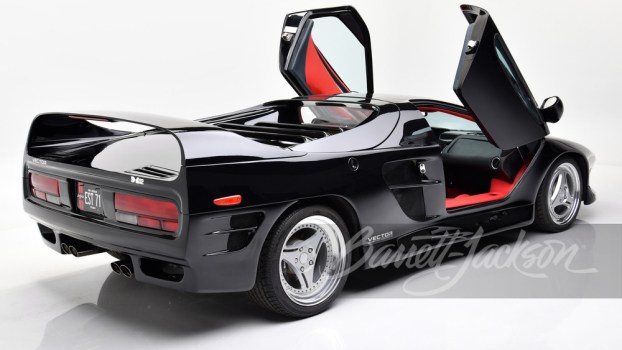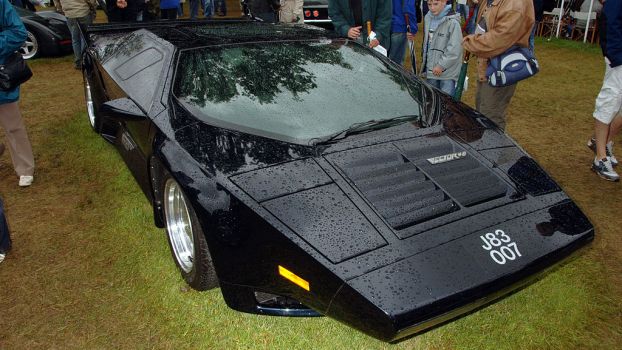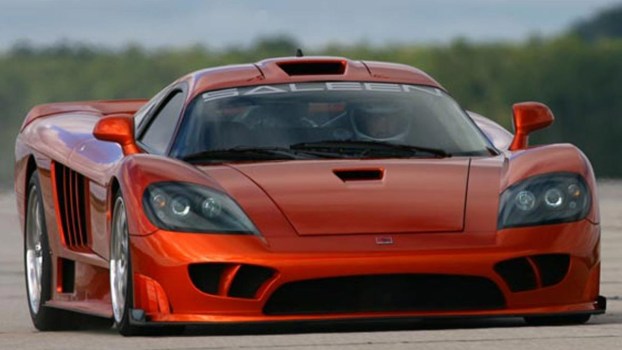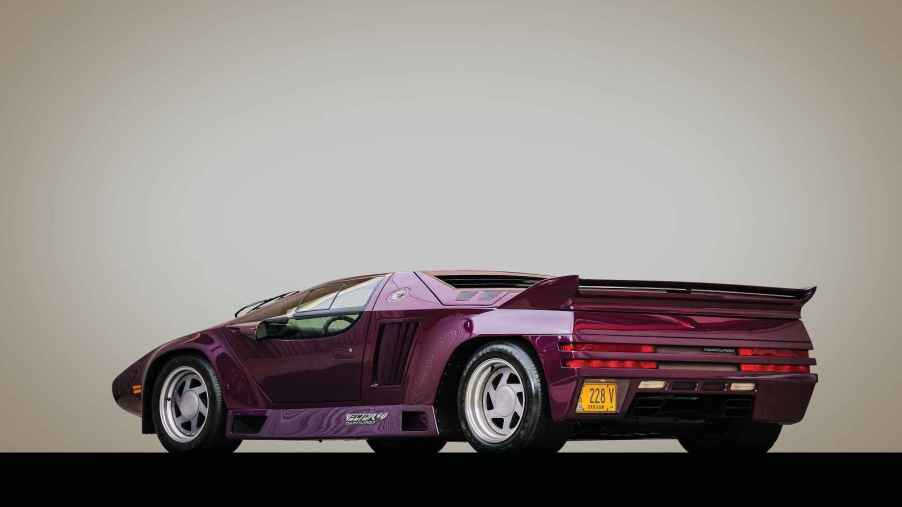
The Vector W8 Supercar Was a Crazy Beautiful, Problem-Riddled, Short-Lived American Splendor
The fever dream of a market disruptor with a history at Ford, GM, and Chrysler, the Vector W8 was nearly out of this world in supercar design and performance. Unlike most things that sound too good to be true, the W8’s spec sheet actually went to production. However, financial and mechanical woes led to only 17 W8s entering the public domain.
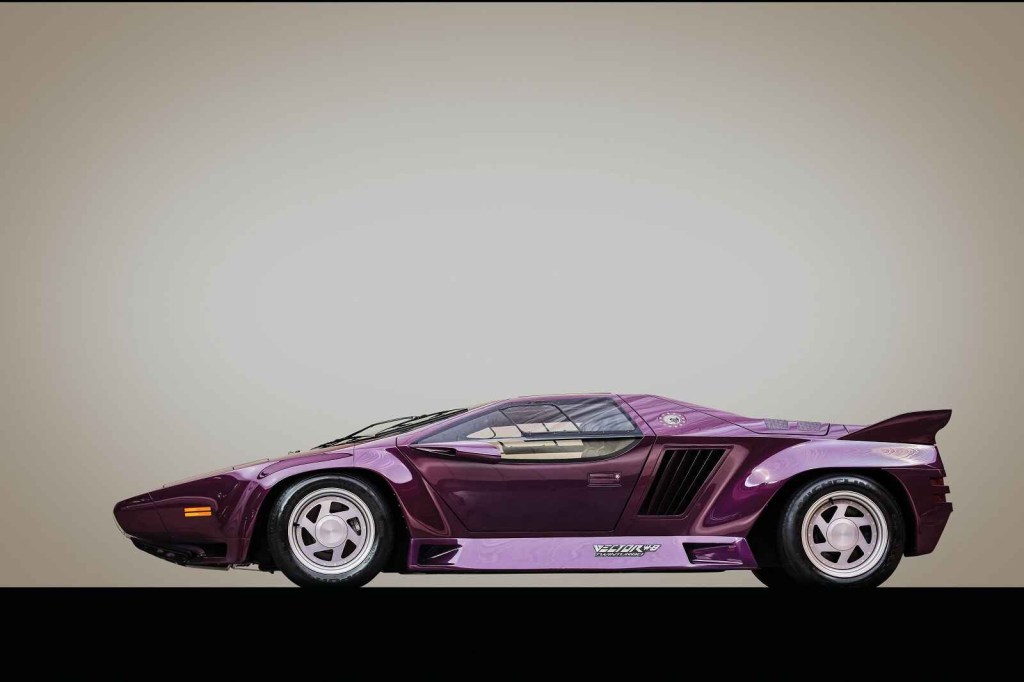
With its low, air-cutting body lines, flatly crimped nose, and wheel-covered fendering, the W8 sent fighter jet aesthetics to earthbound escapists. One look at the interior, and you’ll see just how much aerospace tech influenced its design.






In a circuit breaker box-like splattering of buttons, switches, levers, and warning light functions, the cockpit is super analog and backlit when activated or needing attention. The dash paneling included a Hobbs hours counter and Airpath compass. A Tron-like amber outline of the W8 is in the central display. It’s organized chaos for the modern driver, but this is the type of tactile doo-hickyness we pine for these days.
The W8 touted a 6.0L V8 twin-turbo Corvette-based engine and a three-speed GM transmission. Unfortunately, the car was a financial and mechanical mess. In early 1991 Car and Driver set out to test the new Vector W8 Twin Turbo. Ballyhooing a hefty 625 hp, the team felt its potential.
After a few rounds, they hit 0-60 in 3.8 seconds and clocked the quarter-mile sprint in 12 seconds at 118 mph – faster than the Ferarri F40. While two prototypes were trucked to C&D, the team experienced major malfunctions. Everything from overheating, engine knock, and transmission drop-outs plagued testing. Issues were so severe that they couldn’t finish out a solid set of trials. With a $400k price tag, the cost of production, and the absence of reliability, the Vector was in a death spiral from birth.
Rarely entering auction houses, the W8 pictured above is serial number 009. It sold in 2020 for over $700,000.
Sources: Car and Driver, RM Sotheby’s
